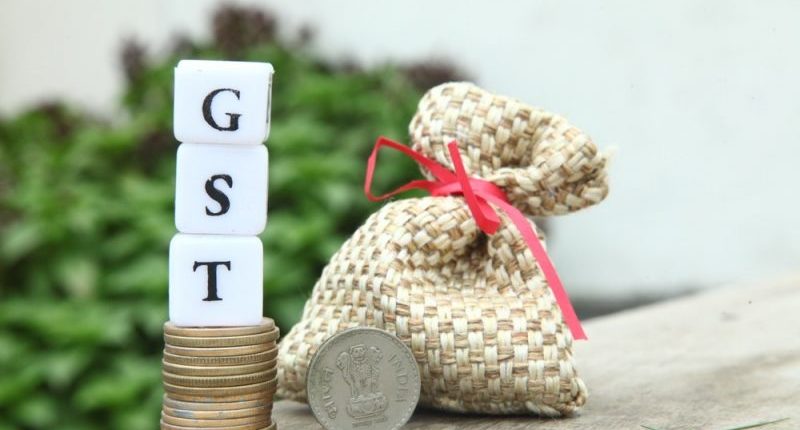Goods and Services Tax (GST) was introduced in India on 1st July 2017 to simplify the indirect tax system. With “One nation, one tax” as its objective, it did away with a myriad of other taxes such as Excise duties, Value Added Tax (VAT), Service Tax, etc., to name a few. It helped businesses concentrate on filing returns under just one law and just one common portal. It also did away with the cascading effect of taxes and eased the input credit claim process.
The introduction of GST has come with several benefits for taxpayers. However, to say it has been entirely successful four years down the line is an overstatement. Let’s dive into the good of India’s not-so-new indirect tax reform and analyse where the GST system could be made better for everyone involved.
What have been the biggest advantages under GST?
Looking at the good outcomes, we have the removal of the cascading effect of taxes. Previously, input credits from VAT could not be set off against Service Tax and so on. Whereas now, as there is just one indirect tax on goods and services, the taxes paid along the value chain can be claimed as an input tax credit (ITC) to set off outward taxes.
We then benefit from a higher threshold limit for registration under GST as under the erstwhile tax laws, which used to be Rs.5 lakh under VAT and Rs.10 lakh under Service Tax. Now, at Rs.40 lakh or Rs.20 lakh (state-dependent), businesses have quite a bit of leeway before they fall under the ambit of GST.
Introducing GST has also helped regulate the unorganised sector in India. Certain industries in India, like the construction sector, for example, have been largely unorganised. New laws in GST limit the claims of input tax credits to only those invoices that a supplier has reported on the GST portal.
This has helped not only regulate the unorganised sector but has also curtailed the number of fraudulent transactions. As every transaction now needs to be documented to claim an input tax credit, businesses are more cautious, and tax fraud is at a minimum.
GST has also reduced the burden on small businesses to a large extent by introducing the Composition Scheme and Quarterly Filing Monthly Payments (QRMP) Scheme. Small businesses now have the choice to file returns every quarter with reduced compliances.
Introducing new reforms under common tax law is a massive benefit as well. From e-Invoicing to e-way bills, it is much easier to implement new digital reforms and compliances when there is one indirect tax law. GST has also reduced the restrictions on inter-state movement of goods and improved logistical efficiencies for businesses.
What could be made better as GST steps into its fifth year?
GST is still a work-in-progress reform that seemingly has a long way to go, judging by the neverending amendments taxpayers have to deal with. If it is one thing that taxpayers expected and did not get, it is simplified compliances.
Small businesses have relatively lesser compliances to adhere to, no doubt. But on the other hand, mid-sized and large businesses have an unceasing stream of forms and statements to keep track of, returns to file and reconciliations to run every tax period. Four years down the road, the government should stabilise the system and give taxpayers the ‘Good and simple tax’ that they were promised.
Another major pain point is the ongoing battle between the Centre and the state governments on revenue shortfalls due to the introduction of GST. States are at the losing end for not receiving the revenues that were initially forecasted.
The COVID-19 situation has also not made things any easier. The shortfall of revenues could continue to pose a problem and create volatility in collections in the near future. The sooner the Centre and the states come to a conclusion and find a more permanent solution to handle revenue shortfalls, the better it will be for our country as a whole. If not, this issue could blow out of proportion and may become an unmanageable problem in the future.
The number of tax slabs in India has been a problem discussed for way too long. We have five tax slabs to count zero-rated supplies, 5%, 12%, 18% and 28%. This does not include compensation tax rates and other cesses imposed from time to time, nor does it count the tax slabs for precious stones, jewellery and other such goods.
There have been discussions on merging the 12% and 18% slabs and rationalising GST into a three-rate structure. Also, the 28% tax rate has never really been accepted by taxpayers. It is among the highest tax rates globally, and in India, it is levied on goods considered to be luxury items. Taxpayers constantly live hoping that this slab would be phased out or at least reduced to a more acceptable rate.
Lastly, the input tax credit or ITC issue is always a double-edged sword when talked about. Yes, taxpayers can now only claim tax credits based on what their suppliers report. But is that process a smooth one for businesses? Definitely not. The number of rules governing ITC claims from Rule 36(4) to Rule 86B to ineligible credits to the slew of reconciliations has made it far from easy. One of the chief objectives under GST was to make the flow of credits seamless. The government did away with these stringent rules and actually eased the ITC claim process under GST.
Having analysed the good and bad of GST, it can be safely concluded that India’s consolidated indirect tax reform is going in the right direction. It would be great if the government gave a little more importance to actually simplifying current compliances rather than introducing a new scheme each time. There are problems, no doubt, but they are not unsolvable.
For any clarifications/feedback on the topic, please contact the writer at athena.rebello@cleartax.in

I’m a Chartered Accountant by profession and a writer by passion. ClearTax lets me be both. I love travel, hot tubs, and coffee. I believe that life is short, so I always eat dessert first. Wait.. life is also too short to be reading bios… Go read my articles!




